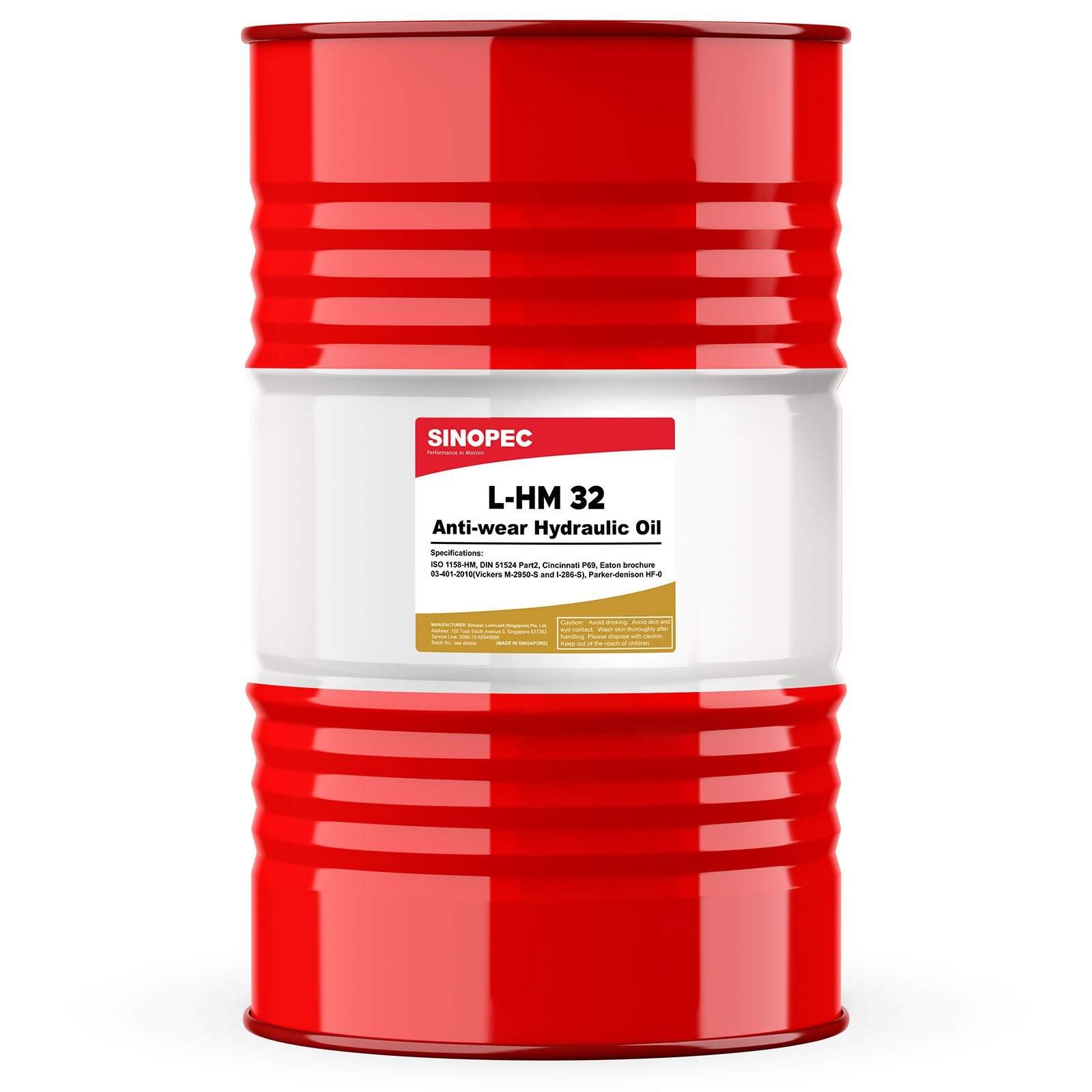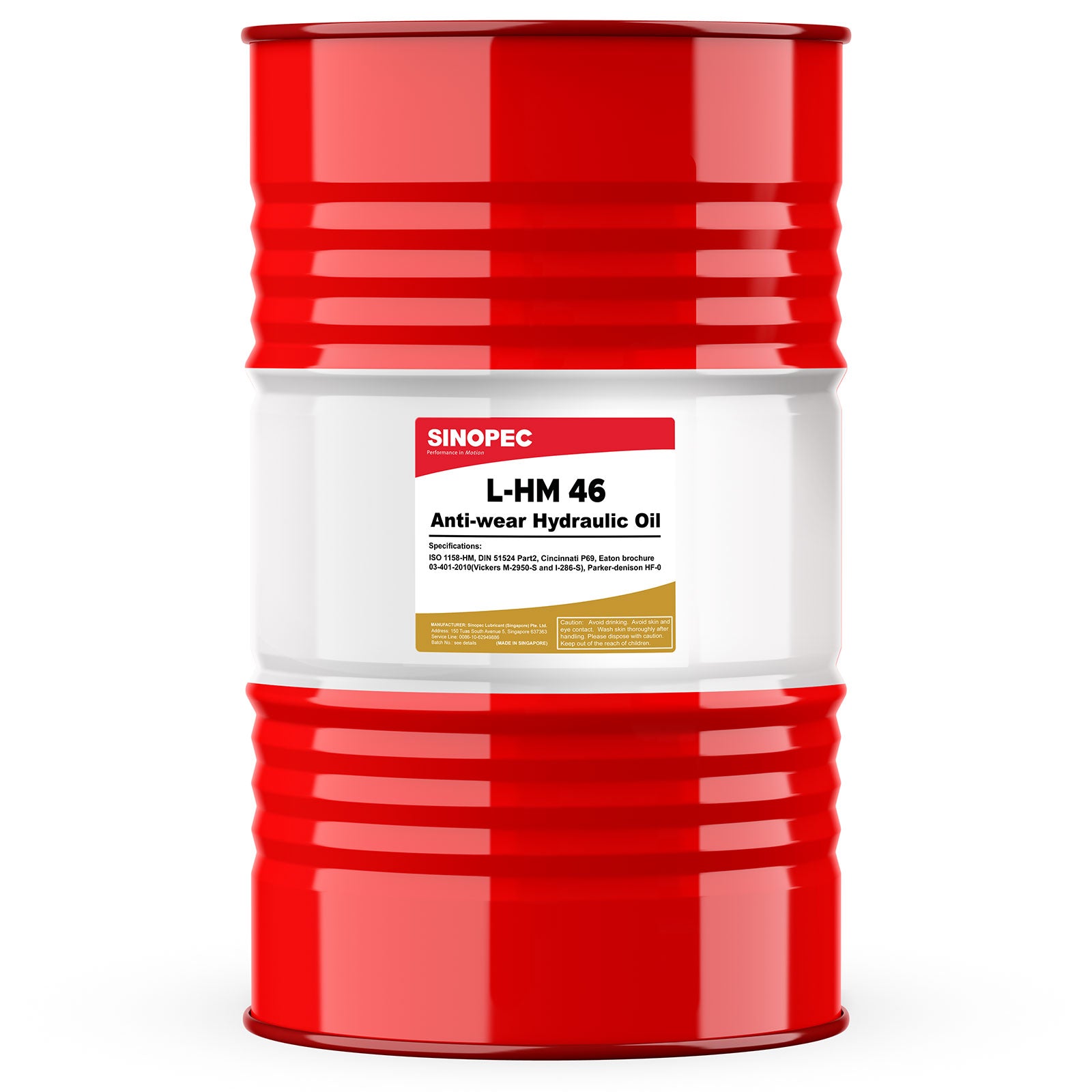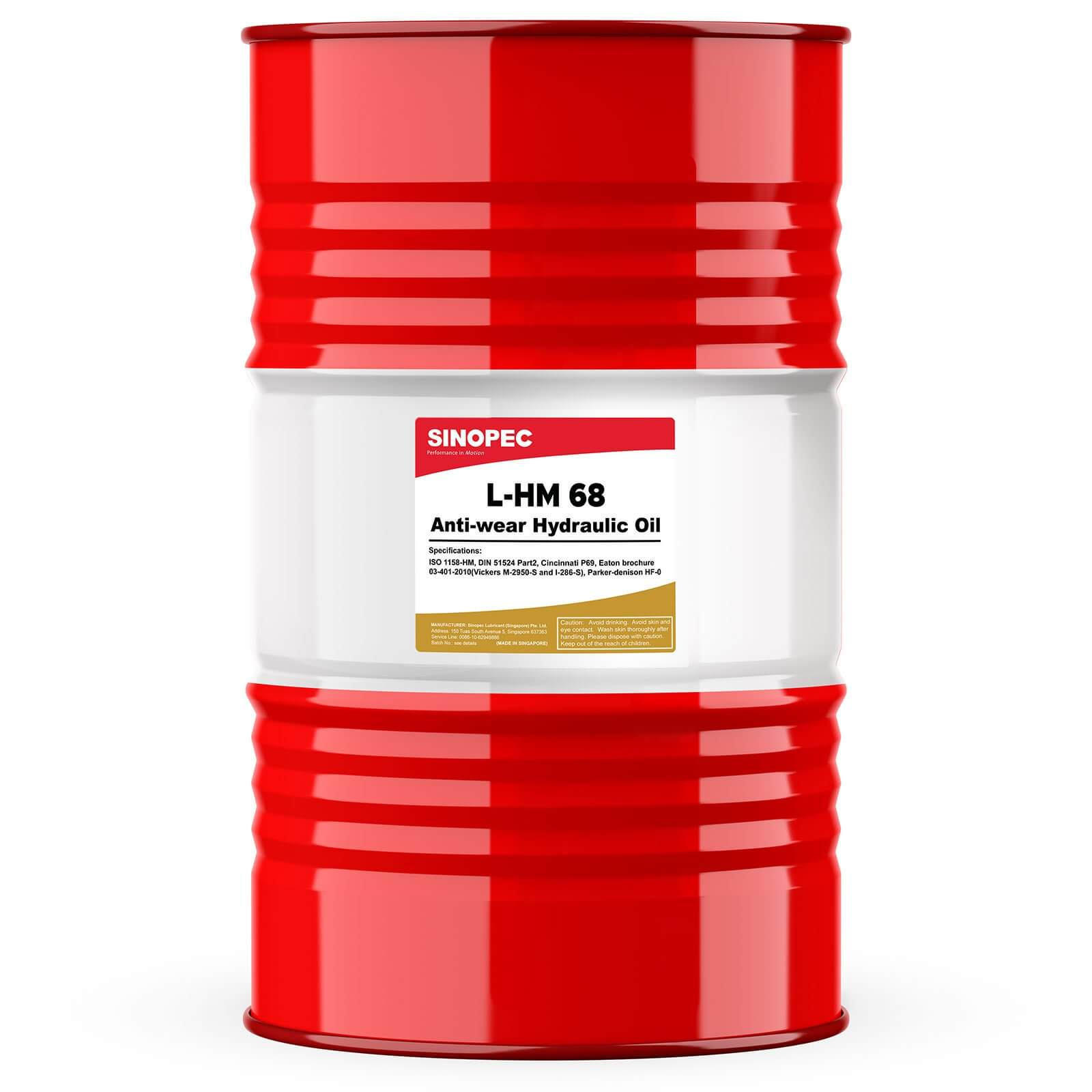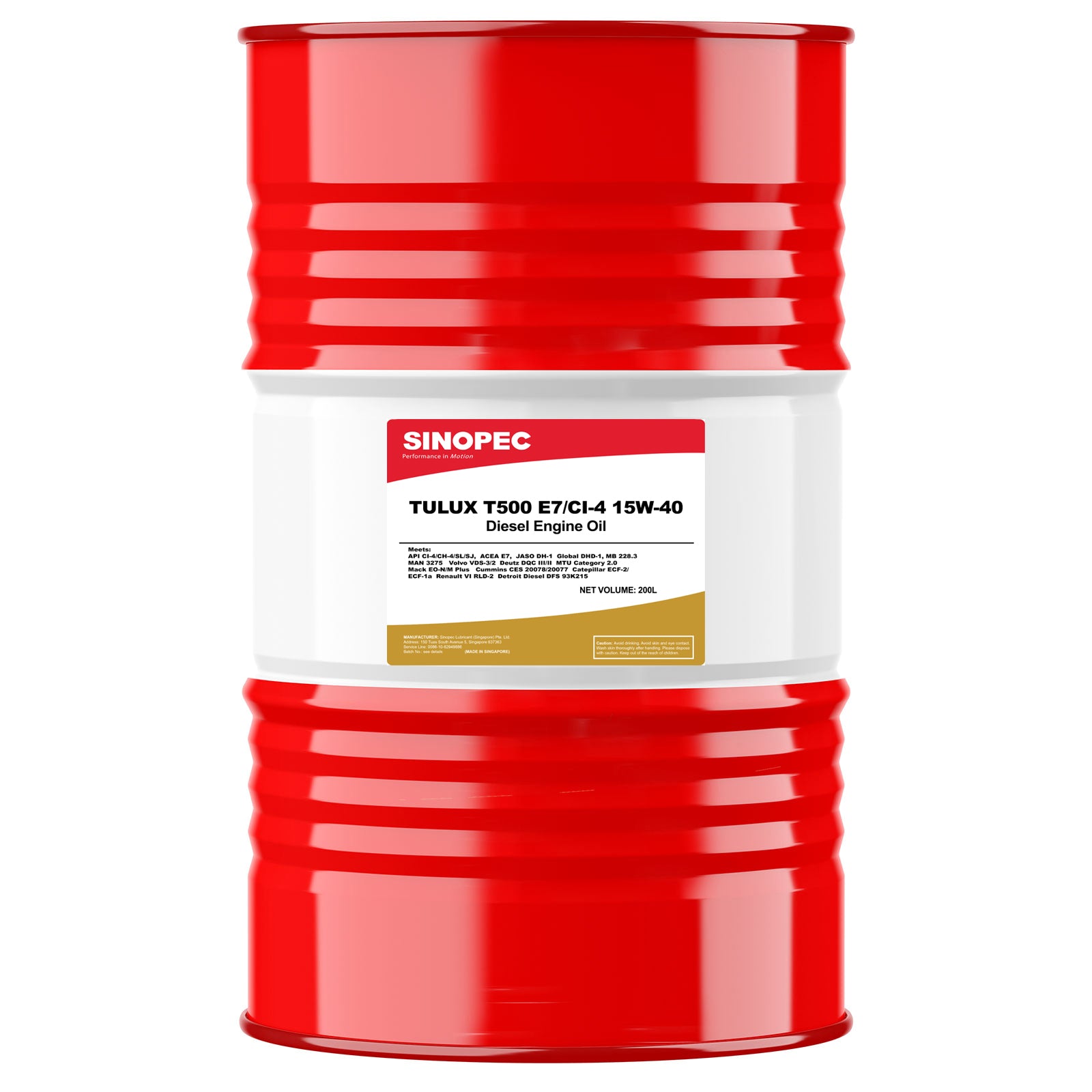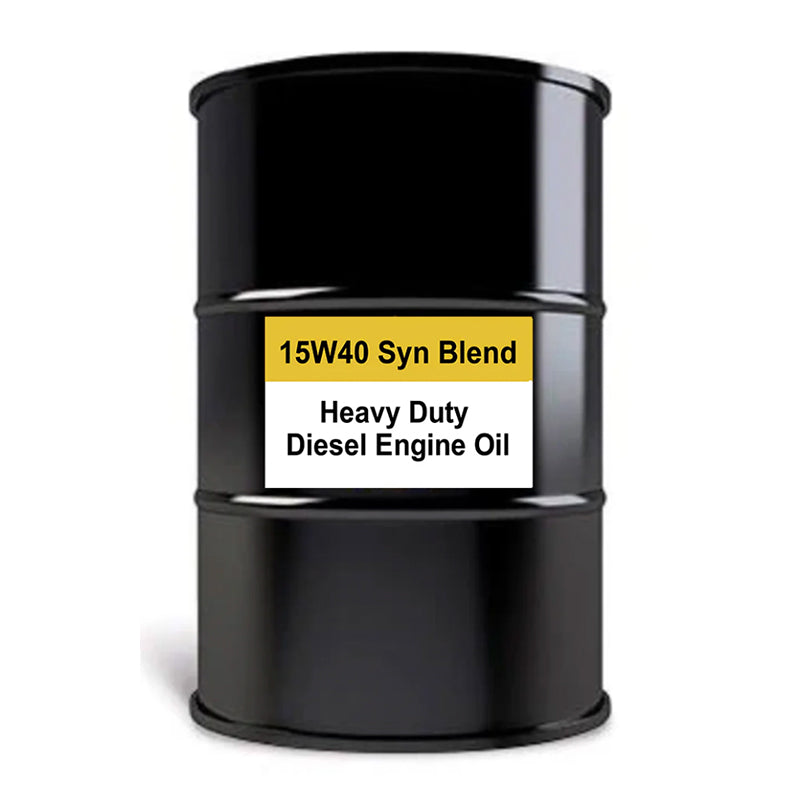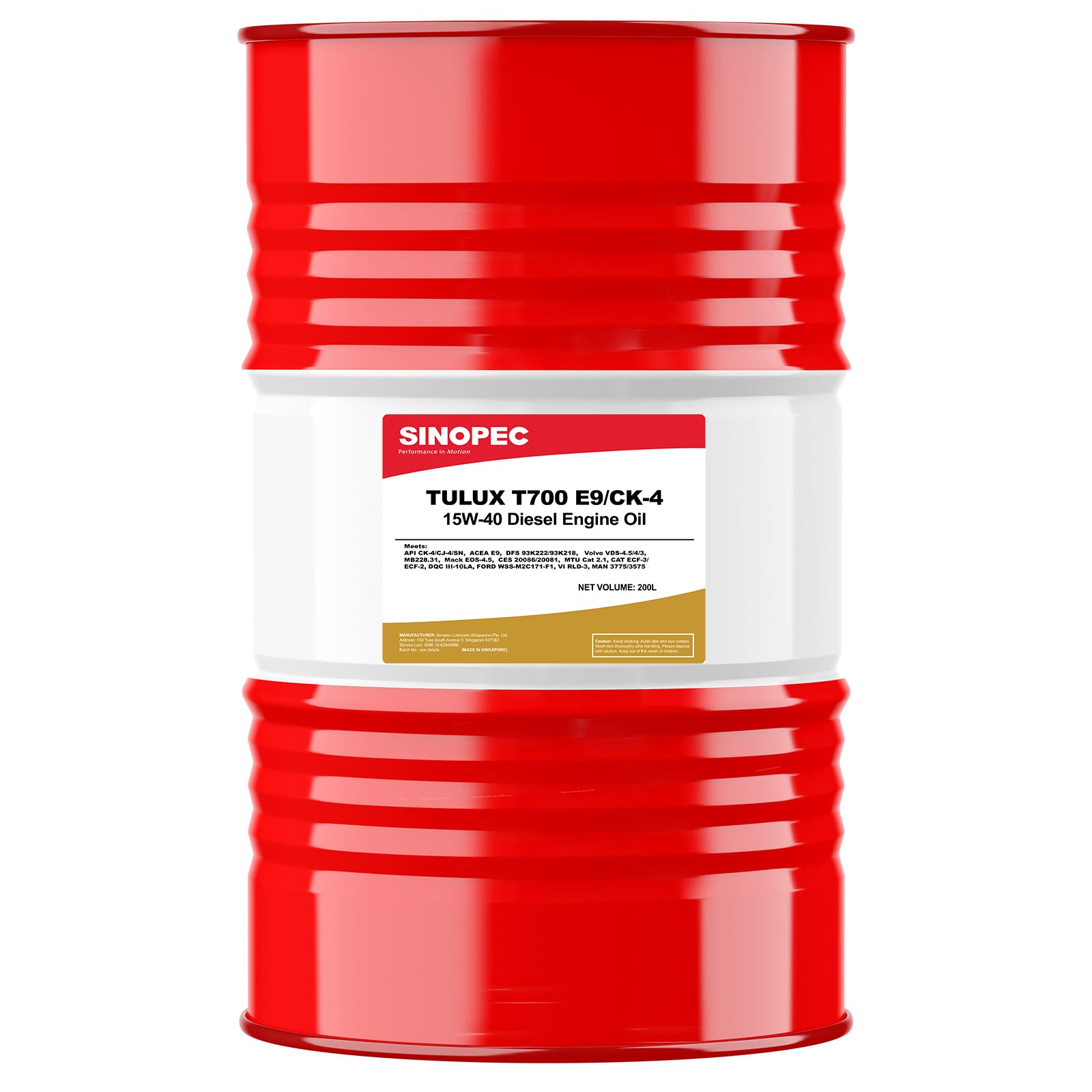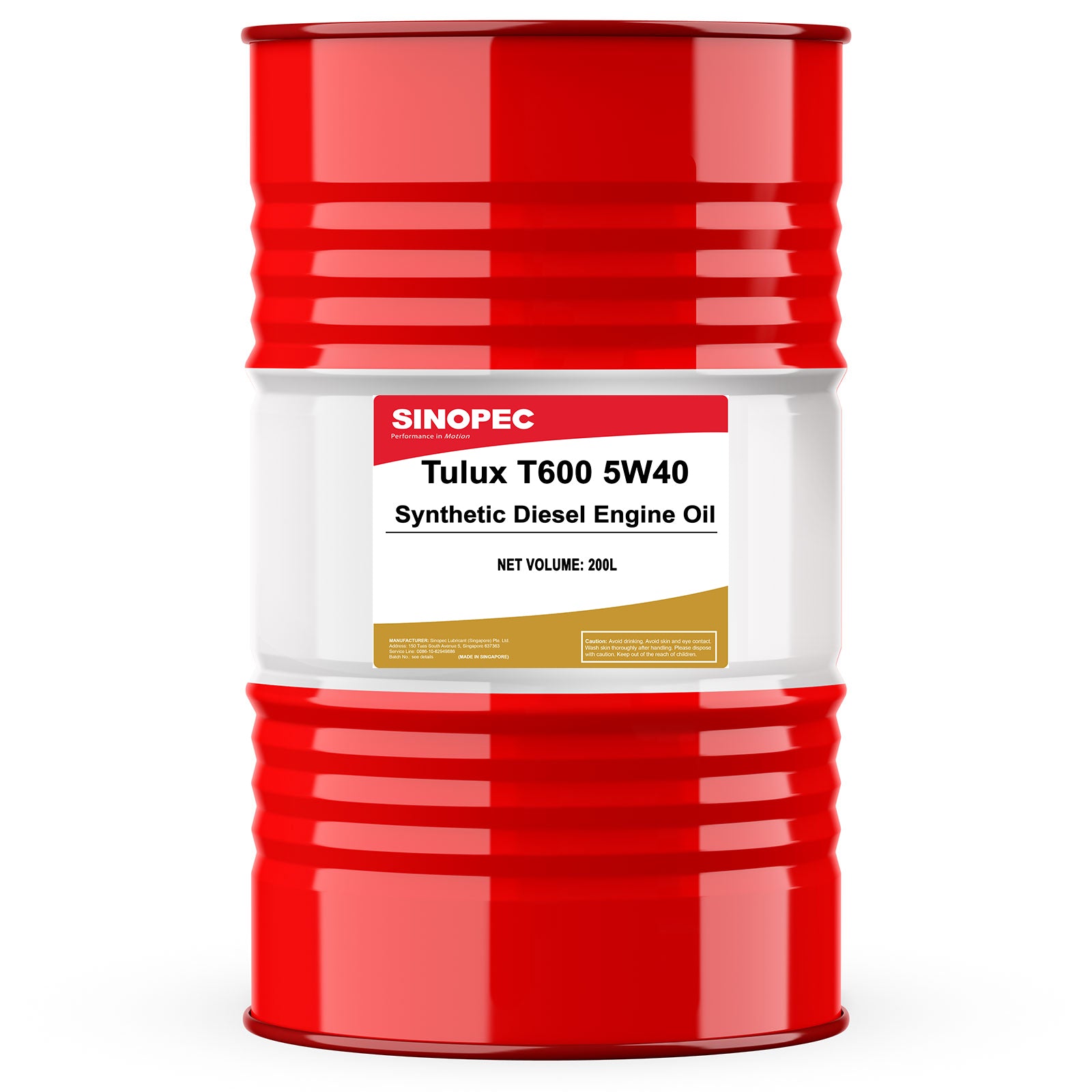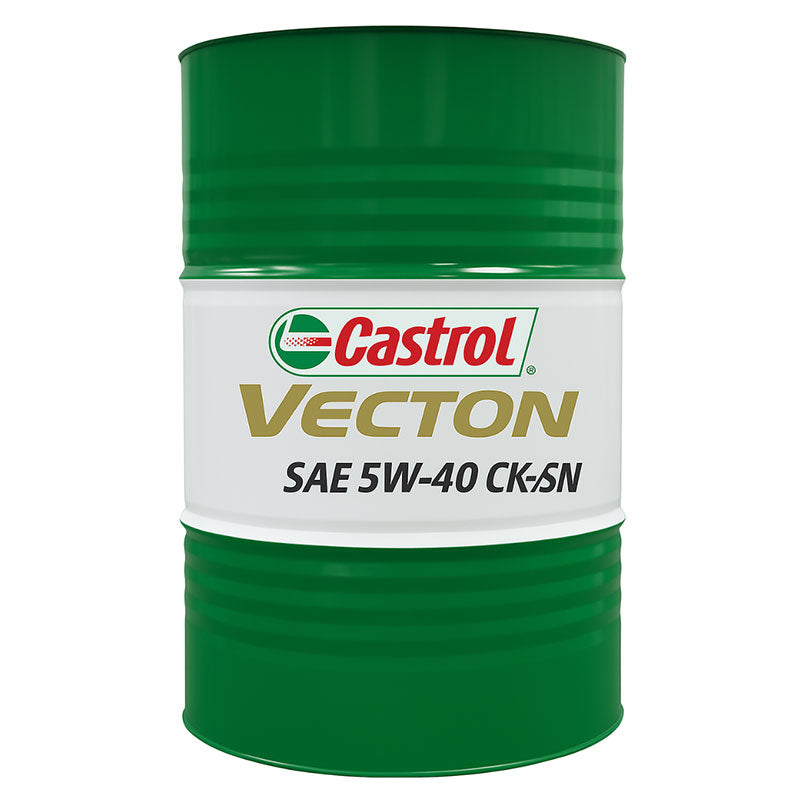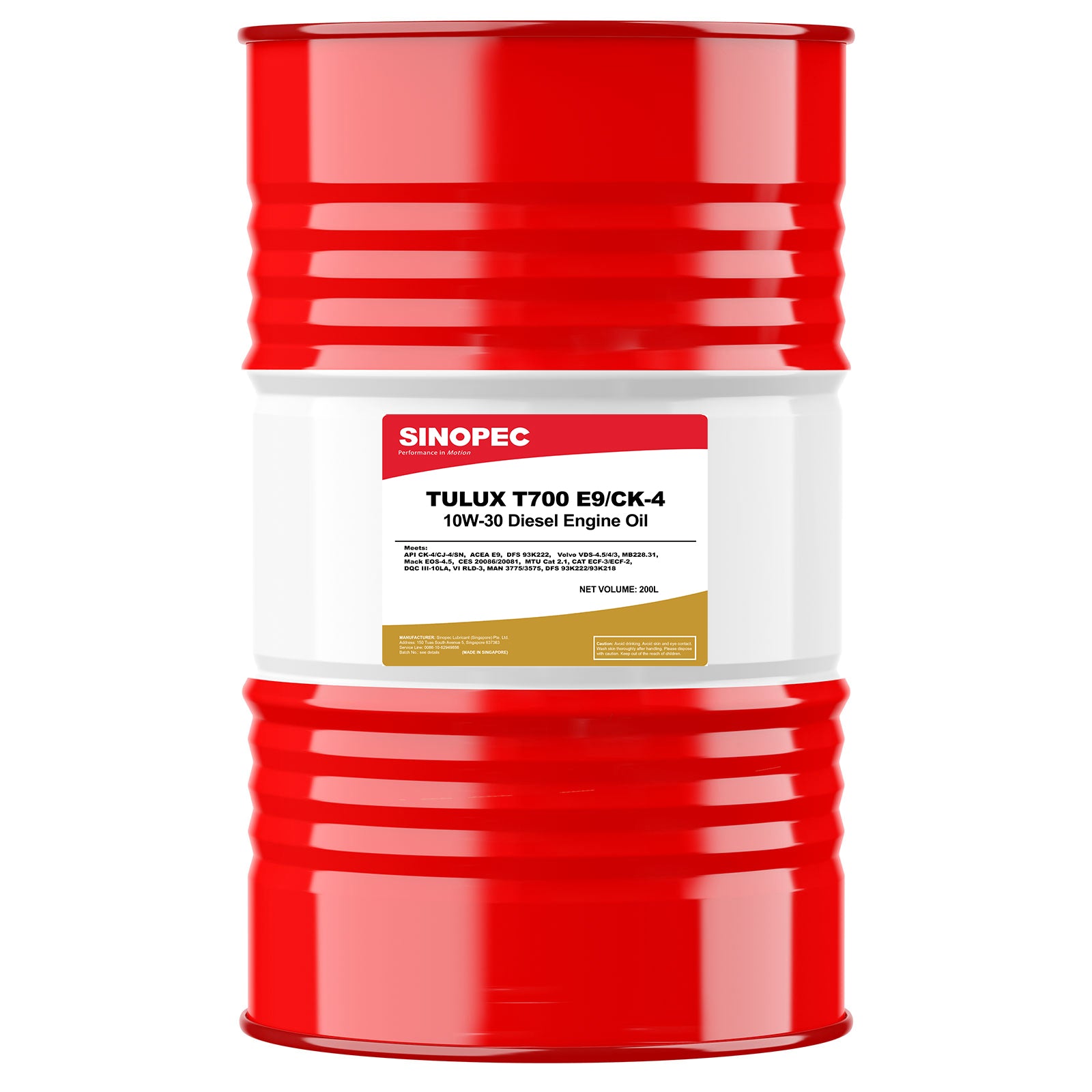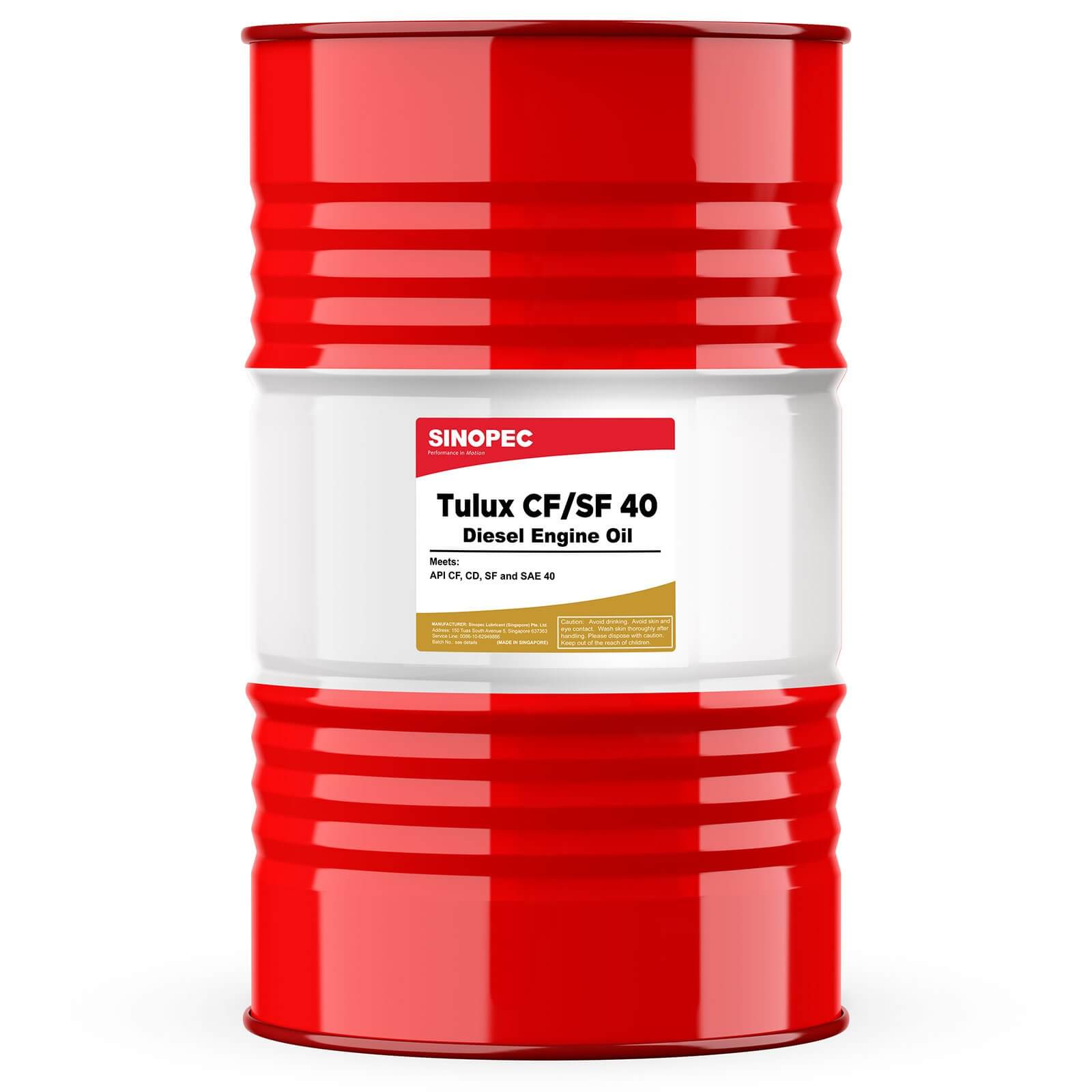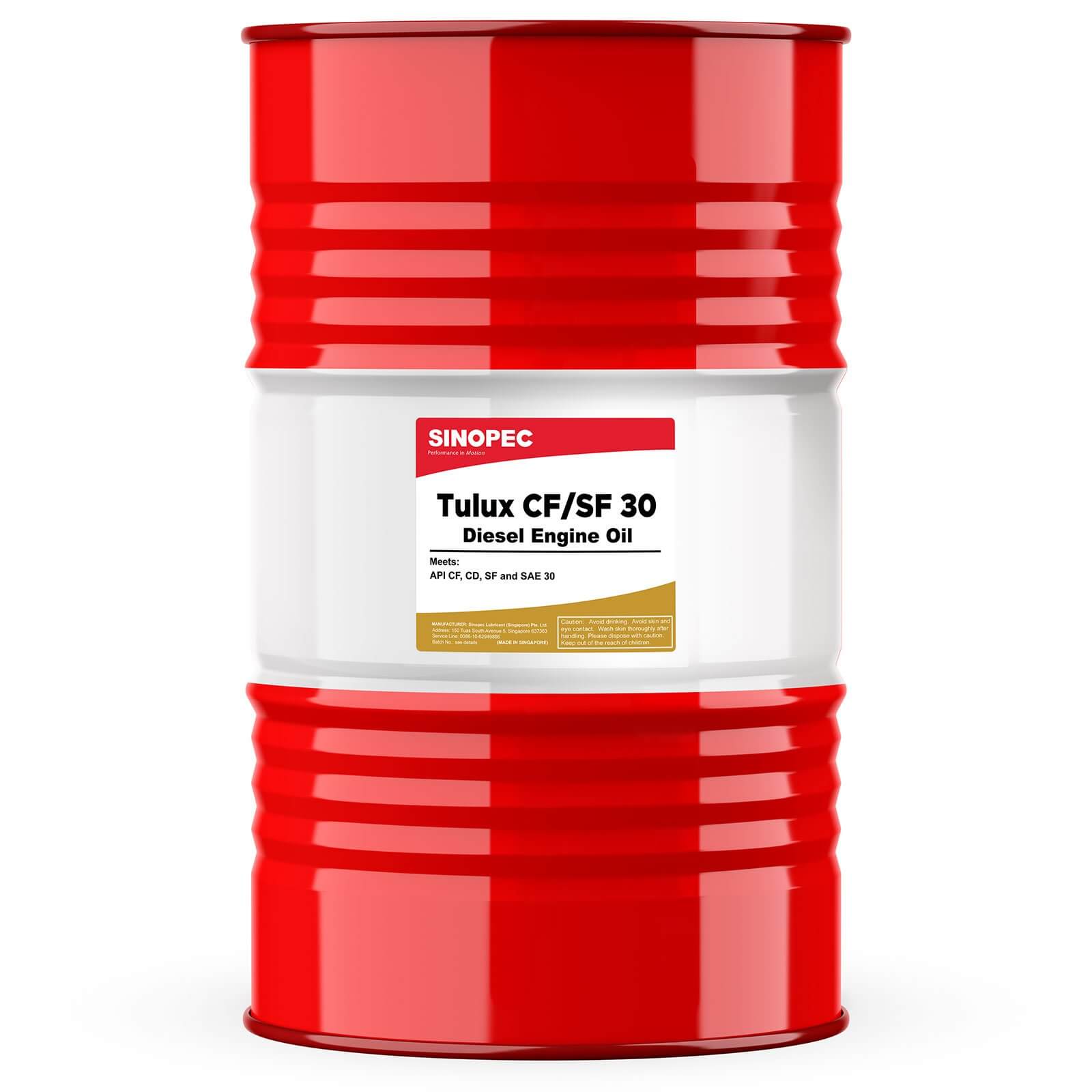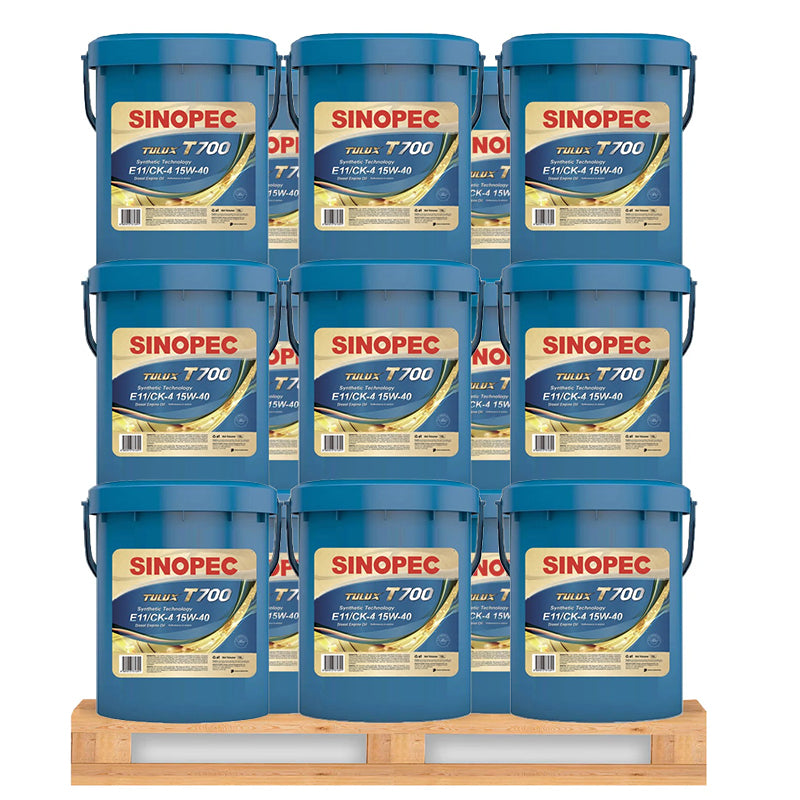Why Lubrication Isn’t Optional in CNC Machining
CNC machines are the lifeblood of precision manufacturing. Whether you're producing aerospace parts or aluminum enclosures, these machines operate at high speeds, tight tolerances, and under constant load. Without proper lubrication, even the most advanced CNC system can suffer premature wear, overheating, or spindle failure, all of which impact productivity and profitability.
Yet, many shops overlook lubrication as a strategic maintenance tool.
🔍 The 3 Critical Lubrication Points in CNC Machines
1. Guideways and Slide Rails
CNC tools use sliding components to control X, Y, and Z axes. These surfaces endure high friction, especially in heavy-load or high-speed applications.
✅ Use: Slideway Oil (ISO 68 or 220 depending on load and surface type)
-
Prevents stick-slip motion.
-
Improves positioning accuracy.
-
Reduces friction and scoring.
2. Spindles and Bearings
Spindles rotate at thousands of RPMs. Insufficient or incorrect lubrication can cause noise, excessive heat, or permanent damage to the bearing surfaces.
✅ Use: Spindle Oil (ISO VG 22–32)
-
High thermal stability.
-
Non-foaming with excellent oxidation resistance.
-
Supports high-speed machining.
3. Hydraulic Systems (Tool Changers, Clamps, etc.)
CNC machines often use hydraulics to power automated tool changers, clamps, and tailstocks. Dirty or broken-down oil compromises pressure performance and increases component wear.
✅ Use: Anti-wear Hydraulic Oil (ISO 32, 46, or 68)
-
Rust and corrosion protection.
-
Clean hydraulic actuation.
-
Long equipment life.
🧰 Lesser-Known Areas Where Lubrication Is Crucial
🔄 Rotary Tables & Indexers
These systems rotate parts during machining. If under-lubricated, they develop backlash or slow indexing — affecting part tolerance and increasing scrap rate.
♻️ Coolant Pumps and Filtration Systems
While coolants are not lubricants, the coolant system's moving parts, like pumps and filter motors, rely on greased bearings or small gears.
📉 What Happens When Lubrication Fails?
| Problem | Cause | Result |
|---|---|---|
| Axis skipping or chatter | Dry guideways | Poor surface finish, tool damage |
| Overheated spindle housing | Inadequate spindle oil | Bearing seizure, downtime |
| Toolchanger jam | Dirty or low hydraulic fluid | Lost cycle time, broken tools |
| Noise from drive gears | Worn gear oil or contamination | Gearbox wear, reduced accuracy |
🛠 Tips for a Smart CNC Lubrication Routine
-
Use the right ISO grade – Follow OEM guidelines for oil viscosity (VG 32, 46, 68, etc.)
-
Don’t mix oils – Incompatible additives can cause varnish or gumming.
-
Set inspection intervals – Weekly checks and quarterly oil changes are a solid baseline.
-
Label oils clearly – Prevents cross-contamination between spindle, slideway, and hydraulic oils.
-
Filter the oil before adding – New oil may still contain particles; always pre-filter when filling machines.
🧪 When to Test and Replace Your Lubricants
-
If the slideways feel jerky, it's time to inspect and possibly replace your guideway oil.
-
If the spindle housing feels hotter than usual, it could be low or broken-down spindle oil.
-
Check hydraulic oil for cloudiness or odor—signs of oxidation or contamination.
A basic oil analysis kit can help you test for viscosity, water content, and particulate contamination without sending samples to a lab.
CNC machining isn't just about tooling and tolerances — it's about machine reliability. Using the correct lubricant and maintaining a smart oil management schedule ensures that your CNC equipment runs smoother, lasts longer, and performs better.
🛒 Ready to Optimize Your CNC Maintenance?
Whether you’re maintaining a single machine or managing an entire workshop, choosing the right lubricant makes all the difference.
Need high-performance hydraulic, gear, or slideway oils?
Explore our full range of industrial lubricants, available in bulk sizes to keep your operations running smoothly.


